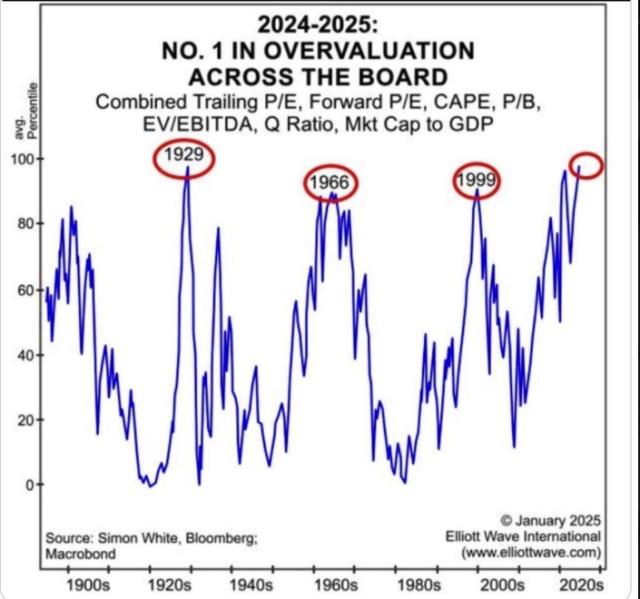Stablecoin accounts for 43% of crypto asset transactions in sub-Saharan Africa in 2024, double the 18.1% market share of Bitcoin.
A new study reveals a significant change in the crypto asset market structure in the sub-Saharan African region, with stablecoin surpassing Bitcoin to become the most traded digital asset. This dominance reflects the growing demand for stable financial instruments in a context where many local currencies are struggling with exchange rates.
Nigeria and South Africa lead the region in stablecoin adoption, while Ethiopia, Zambia, Mauritius, Kenya, and Ghana show the most impressive growth. Notably, both Ethiopia and Zambia achieved year-on-year growth exceeding 100% in stablecoin usage. Ethiopia's case is particularly striking, with a 180% growth, which can be explained by the birr depreciating 30% in July of the previous year.
Detailed analysis by transaction size reveals a diverse market segment distribution. Small retail transactions under $1,000 increased by 12.6%, while large retail transactions from $1,000 to $10,000 grew by 10.6%. Most notably, there was a 60.4% surge in the professional segment from $10,000 to $1 million, while large institutional transactions over $10 million only slightly increased by 0.2%.
Nigeria Leads in Transaction Volume
Nigeria continues to assert its leadership with the largest stablecoin inflow in the region, reaching $20 billion, accounting for 40% of the total inflow in sub-Saharan Africa. In addition to stablecoin, Nigeria has also witnessed strong growth in the DeFi sector, reflecting the sub-Saharan African region's trend of becoming a global leader in DeFi adoption.
Crypto asset activity in Nigeria is primarily driven by retail and professional transactions, with approximately 85% of transfer values under $1 million. This demonstrates the inclusive nature of the digital currency market in the country, serving not only large investors but also reaching a wide range of individual users and small to medium-sized businesses.
The report predicts that as the legal framework becomes clearer, institutional DeFi acceptance will significantly increase. This could lead to a unique hybrid model where decentralized platforms operate under centralized supervision, creating new opportunities for traders to leverage price differences and optimize profits.





